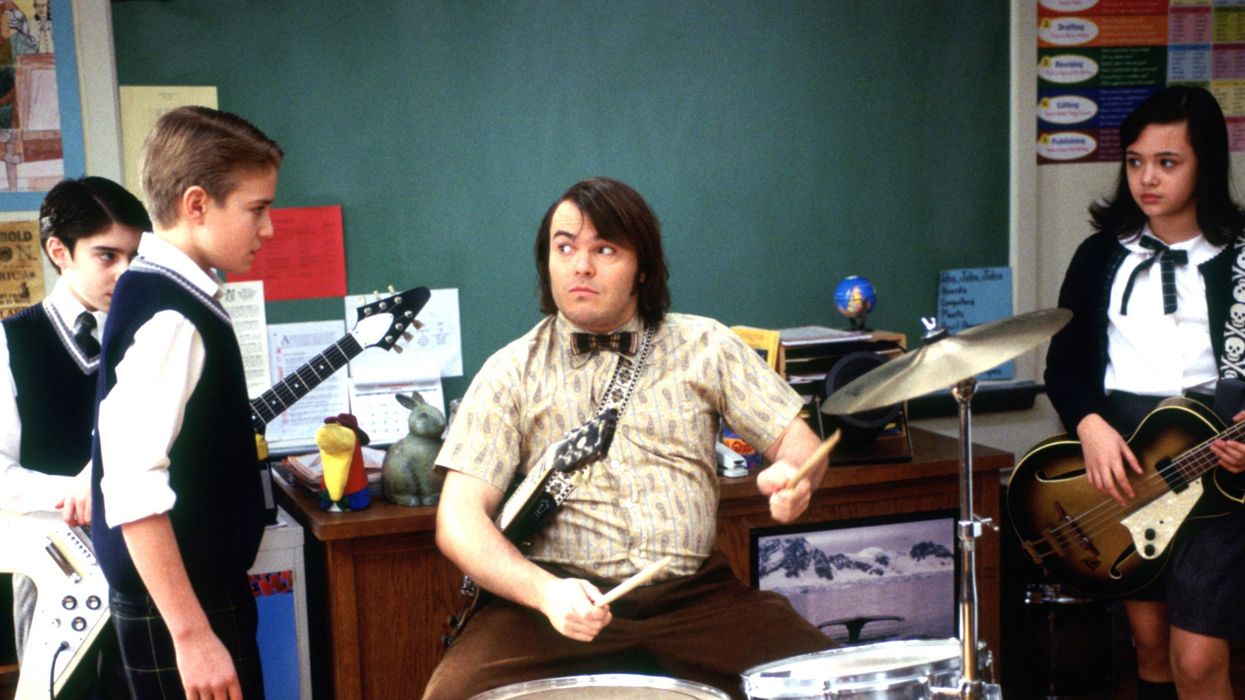Watch: Should You Be Cutting to Drum Beats?
Feel the rhythm! Feel the rhyme! Get on up, it's editing time!

Let's face it: editing can sometimes be a trying task. So if you're ever suffering from the NLE malaise, you might want to try injecting some rhythm into your work. Although this is a pretty elementary exercise, it is certainly worth experimenting with; if nothing else, it will make things more lively for your own sake.
Nicholas Caesar makes his case for the practice in the video below. "Humans are pretty adept at keeping a beat," he says. "We subconsciously do it all the time when we’re bopping along to our favorite music. When it comes to film and video, why should it be any different?"
Prior to experimenting with this technique, Caesar was experiencing some difficulty on an edit. The jokes weren't landing. The flow of a scene just wasn't feeling natural.
Then, one day, he found a video of Seinfeld composer Jonathan Wolff explaining his process for scoring the famed sitcom. In the video, Wolff revealed that Seinfeld dropped jokes in a time signature that somewhat resembles 110 beats per minute. For this reason, Wolff programmed a drum beat to run at 110 BPM and filled in the gaps with various takes of the iconic bass strums we all know and love.
Inspired by Wolff’s method, Caesar created a simple drum loop at 100 BPM and started cutting the footage for his film around the track. He would edit to the beat so that certain cuts would hit at snares, or shots would get replaced to emphasize specific words at the hit of a kick. When it came time to export, Caesar got rid of the drum track—and found a vastly improved version of the short.
The lesson here? Rhythm is vital. In order to be impactful, dialogue needs to be paced and articulated in a certain way. So if you're hung up on the pacing of a scene, try cutting to a simple beat. It just might do the trick.

 No Film School's coverage of
No Film School's coverage of 









